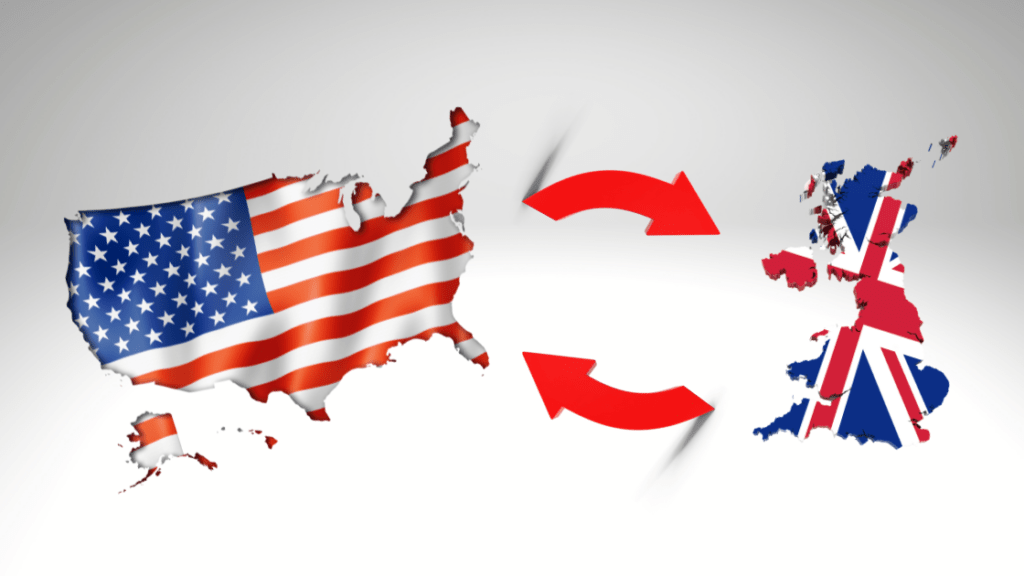WASHINGTON — The Coalition for a Prosperous America (CPA) released today a new economic model of a potential U.S.-U.K. trade agreement that finds such an agreement would increase unemployment by more than 2,000 workers and reduce U.S. gross domestic product by $142 million a year. The innovative CPA model, based on the standard GTAP trade model, illustrates how a free trade agreement can make an economy worse off. Read CPA’s Working Paper here and the academic article on SSRN.
For the U.K., the CPA model finds the U.S.-U.K. trade agreement would result in a loss of 1,841 jobs while increasing GDP slightly by $202 million. The job loss in both countries is due to the fact that increased import penetration leads to short-term job loss as domestic production is replaced by imports. In the model, the U.K. increases its import penetration in the U.S. in certain sectors, including auto production and food and beverage production. Those sectors see corresponding job losses in the U.S. While the U.K. increases employment in its manufacturing sector, it loses jobs in sectors like financial services, where the U.S. increases its export share in the U.K. market.
“Our economic model shows how so-called free trade agreements can lead to worker displacement, corporate failure, and other dislocations in an economy,” said CPA Chief Economist Jeff Ferry. “While such agreements will also generally put downward pressure on consumer prices, it is always an open question as to whether there is a net benefit. In my view, all the trade agreements the U.S. has concluded with industrial nations have led to increased import penetration, larger U.S. trade deficits, and job loss. Any U.K. agreement would likely have the same effects, albeit on a small scale.”
Key Findings of the CPA Economic Model:
- CPA’s economic modeling of a U.S.-U.K. free trade agreement that cut tariffs to zero between the two countries shows that such an agreement would increase unemployment by more than 2,000 jobs and reduce U.S. GDP by $142 million.
- This economic model includes for the first time a methodology for estimating job loss due to worker displacement, i.e. jobs lost in each country due to increased import penetration.
- The model finds that the U.K. would suffer job losses of 1,841 jobs but see growth in GDP of $202 million. The U.K. gains in part because it increases exports to the U.S., which is its largest market in many commodities.
- The U.S. job losses are primarily in the manufacturing sector, including motor vehicle and machinery production. The U.K. would gain jobs in manufacturing but lose jobs in financial services and other sectors where the U.S. would increase its share of the U.K. market.
- Both countries would see a small rise in their trade deficit, by $1.3 billion in the U.S. and $1.1 billion in the U.K.
The Biden administration has shown only slight interest in a trade agreement with the U.K., despite the U.K. government led by Boris Johnson being very keen on such an agreement, partly to demonstrate to U.K. voters that the U.K. will not be disadvantaged in world trade after leaving the European Union last year.
The significance of the CPA model is that it shows that trade-related unemployment can be incorporated in a trade model relatively easily. Economists were major proponents of the aggressive globalization often labeled “hyperglobalization” since the 1990s, using trade models that were biased in favor of positive results from any deal involving increased trade.
“Everybody except economists knows that increased imports often lead to unemployment and sometimes social and regional devastation,” continued Ferry. “Economists played a leading role in encouraging politicians to trade well-paid jobs and prosperous U.S. industries for low-priced laptops and t-shirts. Our economic modeling work is aimed at getting economists to wake up and recognize reality. Our hope is that leads to more intelligent economic models and policymaking that prioritizes the prosperity of American workers and industry.”
For further details, read CPA’s Working Paper here and the academic article on SSRN.













